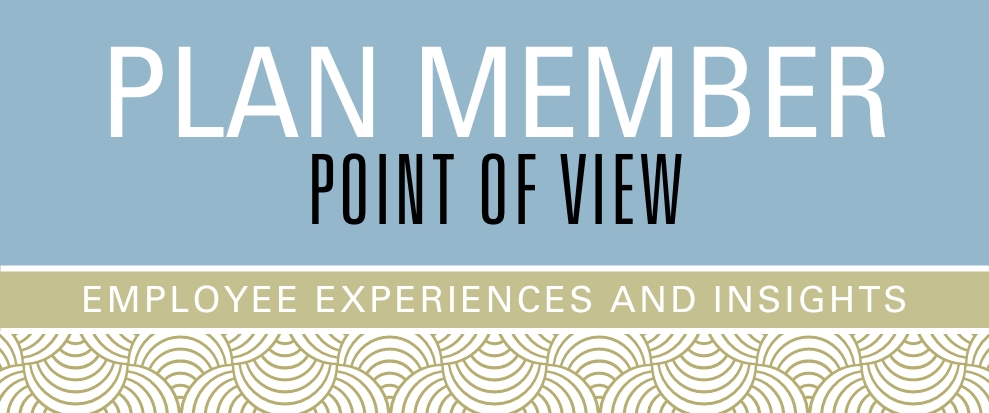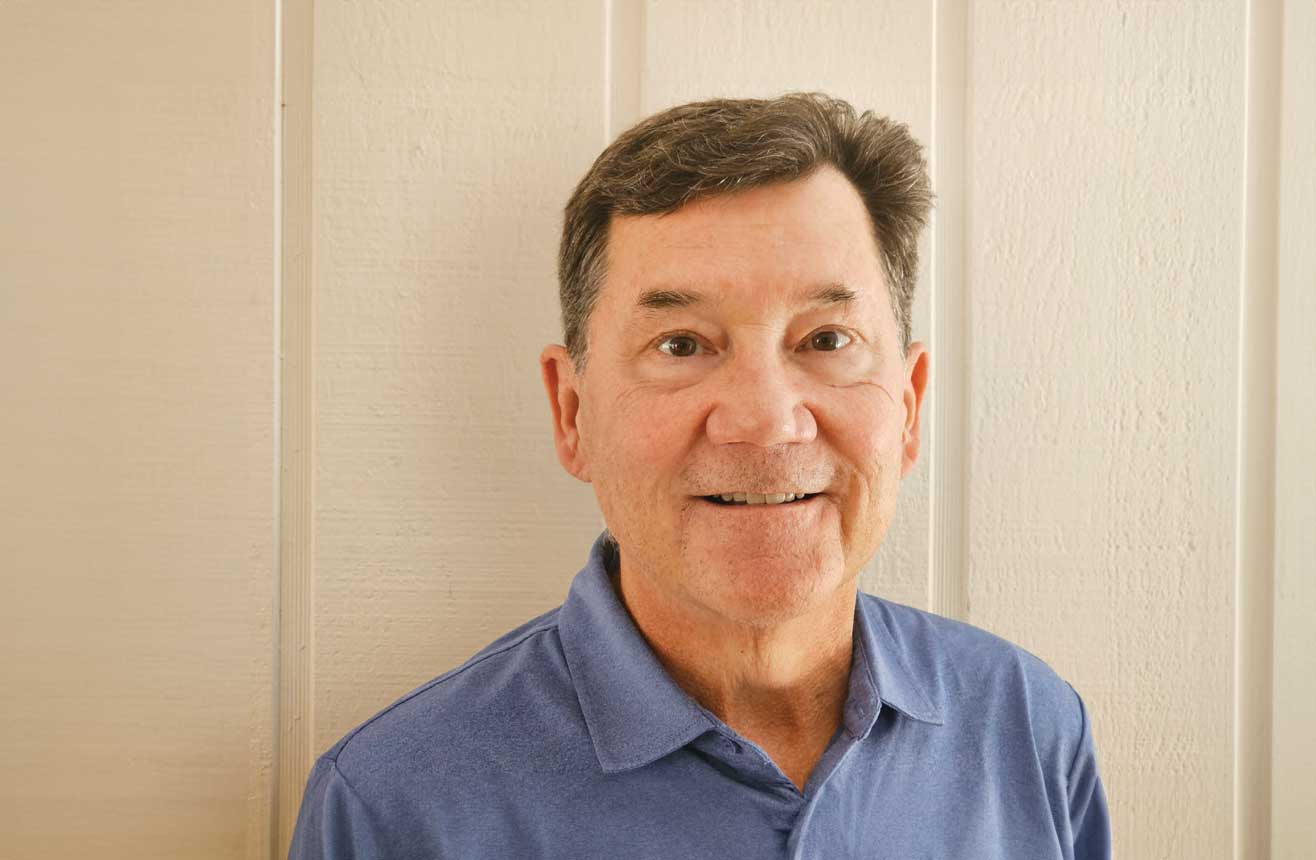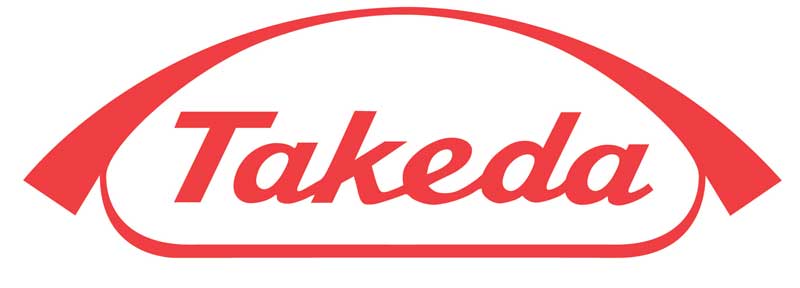PARTNER CONTENT

In 2009, Derek Clark started experiencing breathing difficulties because the air sacks (alveoli) in his lungs were inflamed. Steroids kept his condition manageable for nine years—but by that point the “roof had caved in.” Inflammation had become scarring and Clark was diagnosed with pulmonary fibrosis. After being on oxygen for a year with no quality of life, he received a double lung transplant in September 2019. Unfortunately, the donor had been infected with Cytomegalovirus (CMV), which is common and usually mildly symptomatic or asymptomatic. However, the virus remains latent and can be fatal for transplant recipients. In the end, recovering from CMV took longer than recovering from the double lung transplant.

What was recovery from the transplant like? |
|
It was probably the most physically, mentally and spiritually difficult thing I’ve ever had to do. I was in the intensive care unit for four days and in hospital for 13 days. Then, once I was discharged, I had daily hospital visits for 90 days—for physiotherapy, blood work, bronchoscopies, pulmonary function tests, CT scans and chest x-rays. My wife and I had to rent an apartment downtown so we could be closer to the hospital; and both of us were required to attend all appointments before and after the operation. |
|
How did CMV complicate your recovery? |
|
CMV is a known post-transplant risk. I was on an oral CMV medication for the first nine months following the surgery. |
|
What drug coverage challenges did you face? |
|
The first oral CMV medication I took lowered my white blood cell count to dangerous levels. An alternative was proposed, but it cost about $7,500 a month and I had to get pre-authorization from the private payer before I could start treatment because it didn’t have all provincial regulatory approvals. It took five weeks to get approval from the private payer and during this time I was at risk of getting seriously sick or even dying without access to a new treatment. |
|
How can employers better support employees like you? |
|
Flexibility and communication are critical. A transplant doesn’t happen according to a schedule; it happens when an organ becomes available and it’s a match. The recovery period varies too and, especially after a lung transplant, it’s very difficult to go back to work full time in the first year, given fatigue and the number of follow-up medical appointments. Transplant recipients shouldn’t work in a high-density environment where people might be sick and not wearing a face mask. In a perfect world, employers would allow transplant recipients to work virtually or provide accommodation so they’re in a more isolated area of the office. It’s also mandatory for transplant recipients to have a caregiver for pre-transplant and post-transplant support. My wife was off work for eight months to attend all the appointments; and we were very fortunate that her employer understood she had to focus 100% of her time on my care while also being paid 100% of her salary over this time. |
|
What would you say to others facing a transplant or dealing with serious effects from CMV? |
|
Be your own advocate. Have good communication with your health-care team, co-workers, friends and family. Life won’t ever be the way it was before the transplant. You will have to adjust to a new normal. Also, know there are new treatments for CMV, and there is ongoing research, education and technology to improve patient experiences. |
|
Sponsored by:

